The bright orange zinnia (lat. Zinnia elegans), an annual flower popularly known as the "beautiful man", first bloomed in space, at zero gravity and without land.
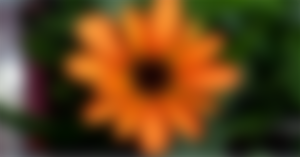
It was planted at the International Space Station, at the Vegetables Department (VEG) in November last year, as part of a research project that should provide information on the possibilities for growing vegetables in space. NASA has so far grown plants in space, such as lettuce and wheat, but on January 1, 2020, the universe saw a single earth flower in full beauty for the first time. Zinnia has found its place in this research project, among other things, because of one interesting feature - it is completely edible.
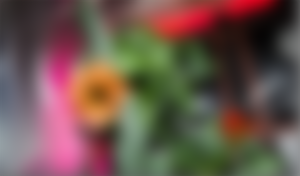
"A zinnia seedling is quite different from lettuce," said the VEG project manager at the Trent Smith Space Station. "It is more sensitive to changes in environmental parameters. Its growth period is much longer and amounts to 60 to 80 days. The challenges and length of cultivation, as well as letting the zinnia bloom, make it a good precursor to tomatoes, which will be our next goal. ”

Astronauts Kjell Lindgrin and Scott Kelly are tasting plants grown on the VEG-01 section of the International Space Station.
The cultivation of zinnias in space was witnessed on the NASA blog by astronauts, now also space gardeners, who took care of the flower in the past period. Just two weeks after planting, astronaut Kjell Lindgrin discovered that the plant was infected with one form of mold and was in very poor condition. Mold is caused by high humidity and poor air flow. When Lindgrin left the space station, the care of the flower was taken over by Scott Kelly, who posted a photo of a healthy zinnia flower blooming in space on his Twitter account.

Research in the VEG department will be of great benefit to astronauts preparing for a mission to Mars, because during it, the crew will have to function for the last few months without food supplies taken from Earth. Self-cultivation is one of the imperatives of this mission. NASA hopes that in addition to lettuce and some cereals, astronauts will be able to grow Chinese cabbage and red tomatoes.

...and you will also help the author collect more tips.

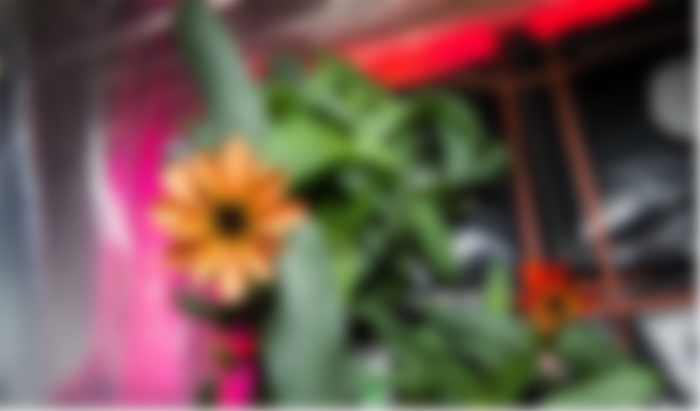
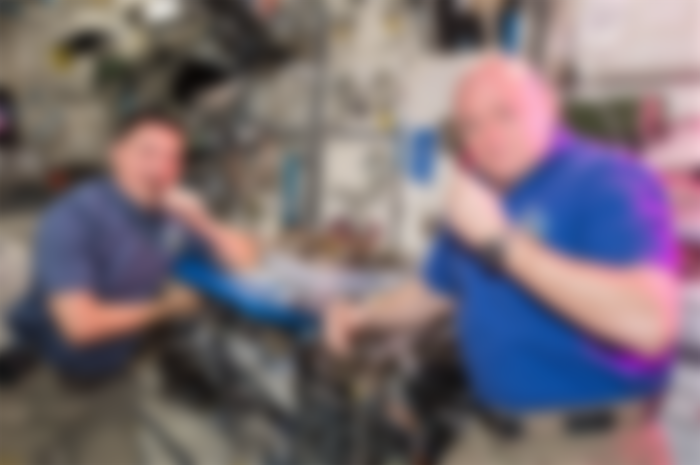
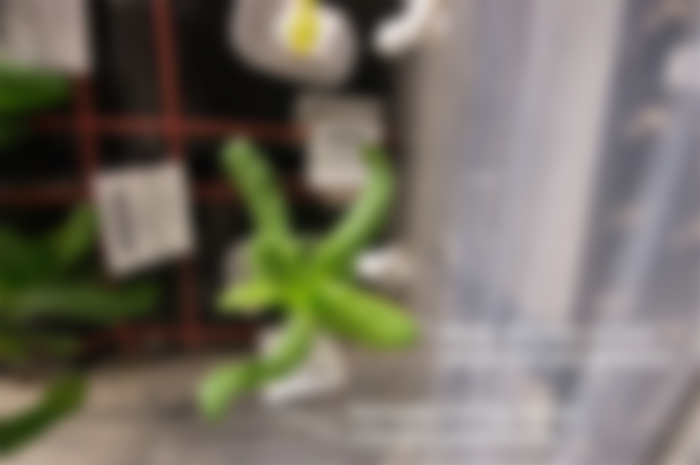
Very good article, we could soon buy food grown in space as well